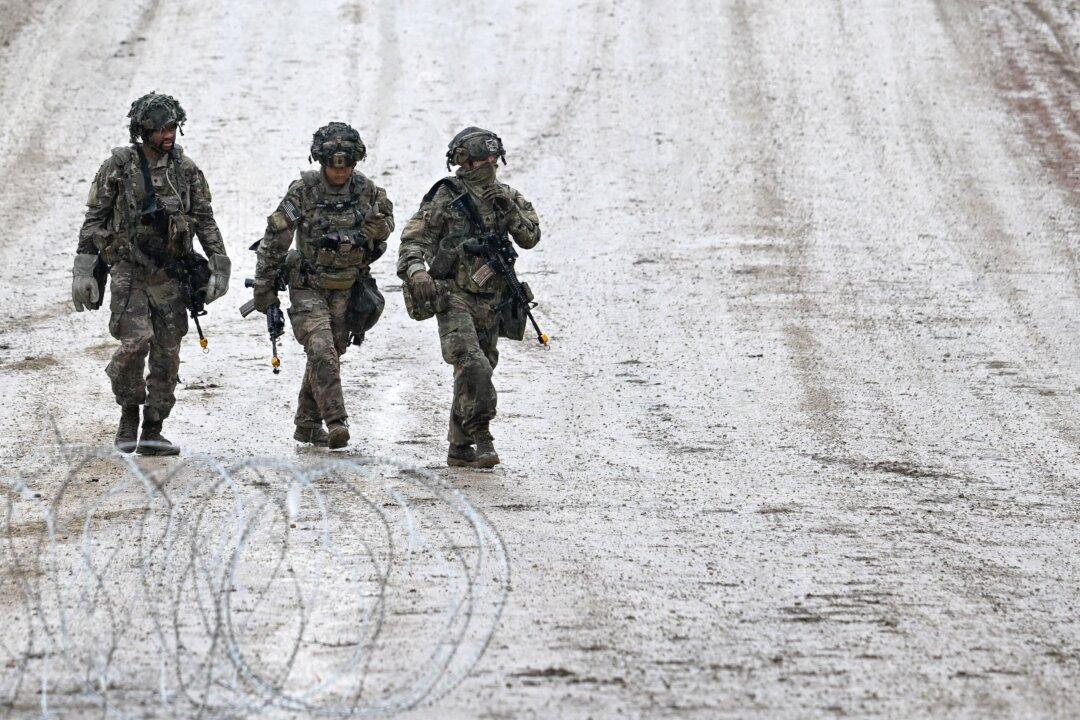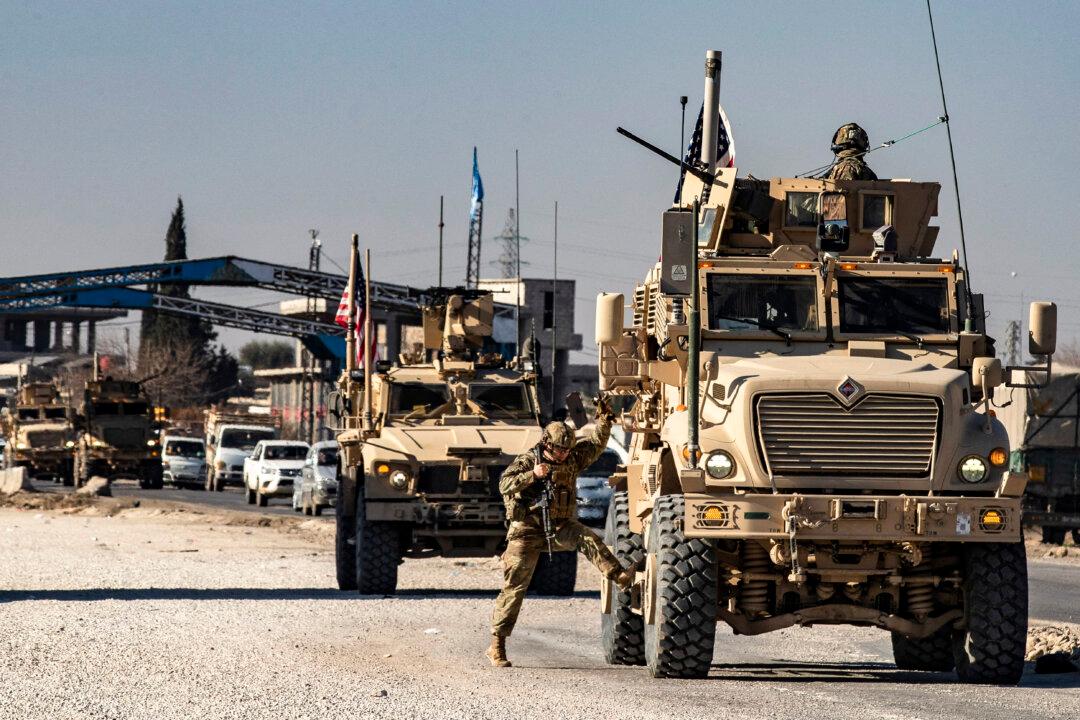In recent military news, the rollout of the U.S. Marine Corps’ Amphibious Combat Vehicle (ACV) has run up against design and operational challenges. The ACV is meant to replace the well-used Amphibious Assault Vehicle (AAV), a less complex weapons platform in service since 1972.
The ACV has been tested since 2019 at Marine Corps Base Camp Pendleton, as well as at the Air Ground Combat Center in Twentynine Palms, both in Southern California. It is heavier but more blast resistant and faster than the AAV.
To date, over 100 ACVs have been purchased from BAE Systems, the manufacturer of the vehicle. Unlike the AAV, the ACV has eight tires (four on each side) instead of tracks like those used on battle tanks. The new expeditionary ACV can be used to transport Marines from ships to the shore, and they maneuver effectively on land as a heavily armored combat vehicle.
Each unit weighs thirty-five tons and costs approximately $6 million. In the coming years, the Marine Corps hopes to add over 600 ACVs into the fleet. Most units could be the training workhorses for battalions at Camp Lejeune in North Carolina and Camp Pendleton. The ACV can be deployed in joint operations with the Navy, not only in training exercises, but in future expeditionary conflicts in volatile environments such as the Indo-Pacific.
Lengthier training on any military piece of hardware can help curtail accidents and casualties, but it’s also critical that the bugs are worked out of the system through further testing.
While it is impossible to attain complete safety in all training evolutions and live fire exercises, it doesn’t hurt to work toward a high standard zero defect goal. The incidents with the ACV are indicative of a larger problem with Pentagon contracts, design outsourcing, and procurement processes. In the past, a number of weapon systems have encountered cost overruns, delays, and design flaws. Aircraft carriers, fighter aircraft, armored vehicles, littoral combat ships, and submarines have all been the victims of bureaucratic obstacles.
A strong national security infrastructure is an essential element in projecting peace through strength, but it’s equally crucial to spend taxpayer dollars effectively. On far too many occasions, weapons programs or systems were drawn up and units were produced, only to find out that they didn’t work properly or were complete duds.
Some officers out in the field as well as at the Pentagon have suggested that prior to proposing a new platform, civilian and military engineering experts must fully vet a contemporary design. This could help to bridge the gap between aspirational visions and the actual capability of a new system.
Reliable equipment and maintenance, repetitive training, field experience, and calculated risks, all add up to a capable armed fighting force ready to deter emerging threats and respond to disasters worldwide.





